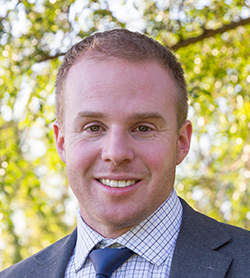 Official interest rates look to be heading north for the first time in more than a decade.
Official interest rates look to be heading north for the first time in more than a decade.
Reserve Bank of Australia (RBA) Governor Dr Philip Lowe is now saying economic conditions to warrant a lift in the RBA’s cash rate could be “appropriate in 2023”, after repeatedly insisting this would not happen before 2024.
But some economists and market analysts believe rate hikes could start next year, with many convinced the RBA will be forced to act sooner than it expects due to a rapid economic recovery from two years of pandemic uncertainty and a subsequent boost in wages growth. Due to a big fall in its jobless rate, New Zealand’s central bank is considering a second rate rise this year and that’s heightened expectations the RBA could follow suit.
With official rates now at a record low of 0.10 per cent, it’s hard to see the RBA increasing the cash rate significantly in the short term given so many mortgage holders are heavily in debt and unaccustomed to the home loan interest rates of the past, where until the last few years ‘normal’ rates were around 5.0 per cent.
But even a small increase in rates will have an impact on consumers, not only on their borrowing capacity but also on repayments.
It will be a wise move for any mortgage holder or prospective buyer to take a leaf from the Scout movement and ‘Be Prepared’. Speak with a finance broker who can help you get rate rise ready and provide a tailored strategy for your particular circumstances.
Make sure you’re getting the best rate possible now and know what your repayments would change to if rates increased by 0.50 per cent, one per cent and even two per cent.
Start putting aside a savings buffer (if you haven’t already). Get on top of your monthly budget of income and expenses and consider items you could cut down on or cut out completely. Consider locking in a fixed rate loan to give certainty.
